We all remember the footage from this years Cincinnati Masters very well – the electronic line-calling failed mid-point and Taylor Fritz was on the worse end of the ensuing argument. While it was clear to any tennis nerd that he should have been awarded that point, the umpire made them replay the point. Brandon Nakashima won the point and the match, and it seems the electronic aid has lost its innocence ever since. But what should and will this change?
Watch the situation below:
The history of line-calling
It seemed like an everlasting theme in tennis, linesmen and -women calling the shots with a certain amount of human error involved. This was sometimes incredibly frustrating, not only to the players affected, but also to the avid tennis fan watching from home. With the introduction of the first challenge systems, widely known as “Hawkeye”, tennis officials promised more precision and justified calls. Stemming originally from cricket, it was first introduced at the Australian Open 2007. I still remember that quite a few players, including legend Roger Federer, were very sceptic about the invention and hardly used it. But soon, the possibility to challenge became a well-known and accepted part of pro tour tennis.
The system, which belongs to Sony since 2010, has since been used more and more widely, with its biggest development coming due to Covid. With lines-judges representing a potential risk of spreading the virus, numerous tournaments turned to the new system “Hawkeye Live”, which not only shows a replay of the bounce, but also can generate an automatic line-call. More and more events have since implemented this system, until the ATP announced that all their events will use it from 2025 onwards.
The pitfalls of automatic line-calling
But where there are advantages, there usually also lie some pitfalls hidden. The pro tour quickly experienced that the reliability of the system was put into question, both on replays and the automated calling. And sometimes, the technology might just shut down and not work – which is fine for challenges, as you go with the original call. But if you rely completely on these calls, but the system is offline?
Taylor Fritz experienced this last week, where a shot of Brandon Nakashima seemed to land clearly out, but no call was initiated. You could see him stopping for an instant, but as there was electronic line-calling, he quickly continued. Only about four shots later, the umpire stopped the rally due to a technical issue and announced the point to be replayed. Much to the surprise of Fritz, who was still convinced that the ball landed out and the point therefor should be awarded to him. But even after showing the replay and confirmation, the point was replayed, and the failure of the system was deemed a let.
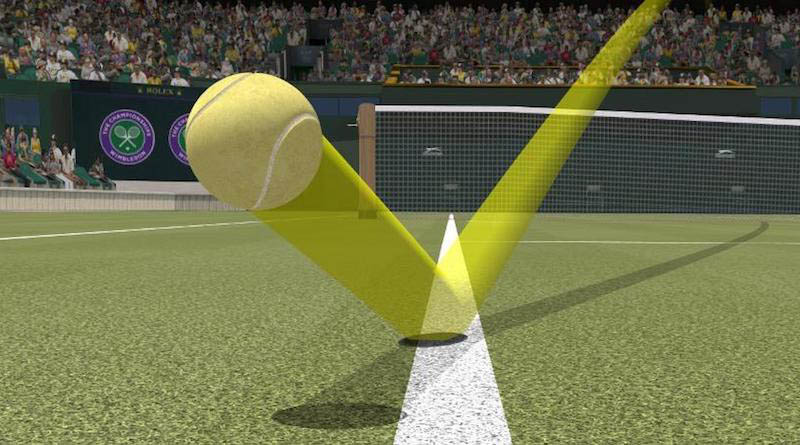
Where do we go from here?
The ATP has since adapted the rule, so that this case would have let to award the point to Fritz, but the damage is done. Both the reputation of the line-calling and the ATP have suffered from this, and it will be hard to explain to the public. Big names in tennis, such as Andy Roddick, have since come out and asked for some common sense in judging these things. And to me, there are basically two ways to handle the situation – a) adapt every rule to all eventualities of electronic line-calling, or b) adapt them roughly and give some freedom of common sense to umpires.
Electronic line-calling surely is a good thing, as even with the support of the traditional Hawkeye system, we see situations like the Alcaraz serve in the Roland Garros final. A mark might just look different on court than on replay, and even the best umpires cannot fix what they cannot see. Plus, there are countless other situations where electronic help could benefit the officials. Think of Jack Draper’s double bounced volley on match point against Felix Auger-Aliassime. If the umpire has a replay at hand, he can at least make a decision that isn’t based on a split-second impression.
We need to learn how to trust and adapt to electronic line-calling and judging in tennis. At the same time, we need to accept that umpires will always be human, as this amazing game of ours sometimes creates incredibly hard to tell situations. And we all appreciate a bit of common sense in some judgement calls, which sometimes aren’t based on ITF rules, that have been created before color television was a thing. So hopefully, the ATP and WTA listen to their players and their concerns, so that we create a rulebook with attention to the electronic aide’s pitfalls and room for common sense judgement.
What do you think of the situation and how would you handle the line-calling of the future?
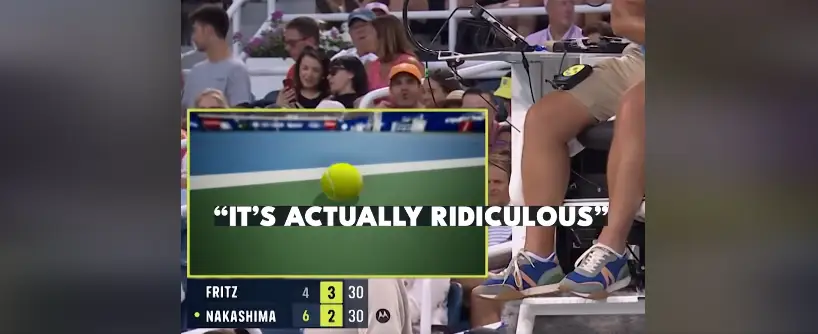



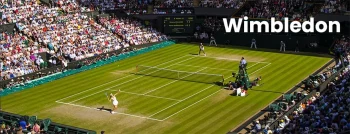
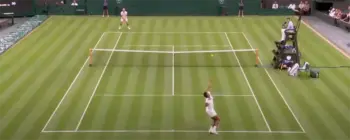
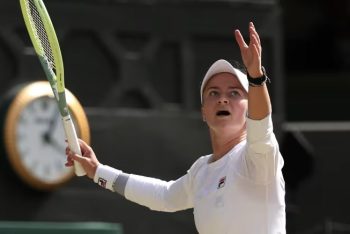
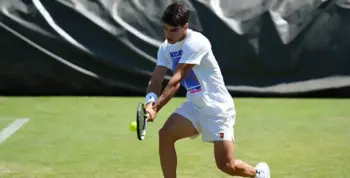
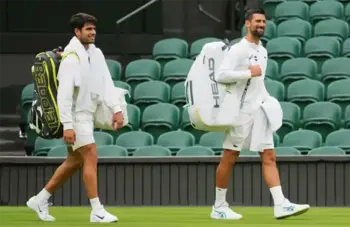
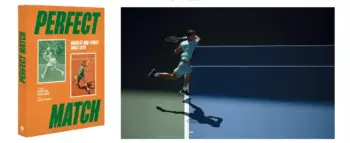
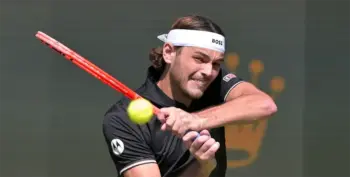

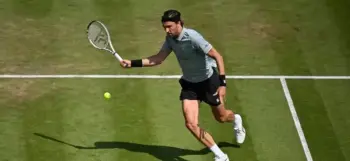
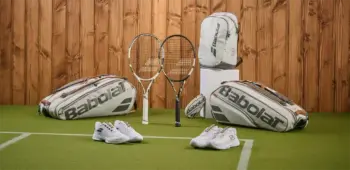


I think we also have to accept that sometimes the line-calling system was wrong. I have seen it clearly a number of times. Not just for the system being offline – but because it functioned incorrectly.
I have seen Nacho Forcadell immediately overrule Hawkeye on the spot. And he was correct, as the replay clearly showed.
The tours need to enter contingency rules for this circumstance, too, which most people seemed to think was not possible.
Players should be able to challenge the electronic line-calling and subject it to a call by video replay. If it isn’t clear on the video replay, then the original call stands.
The stupid thing where they just show Hawkeye’s stupid animated “drawing” of what it thought happened is pointless. It needs to be judged by video replay.
For all its general accuracy, I don’t think Hawkeye is the best electronic line-calling system either – although it may be the fastest by inconsequential margins.
I also don’t understand the conclusion in the article that “[w]e need to learn to trust and adapt to electronic line-calling and judging it tennis.”
Surely, this incident is evidence of the opposite.
It needs to be held accountable for its accuracy, just like every other line-calling system.